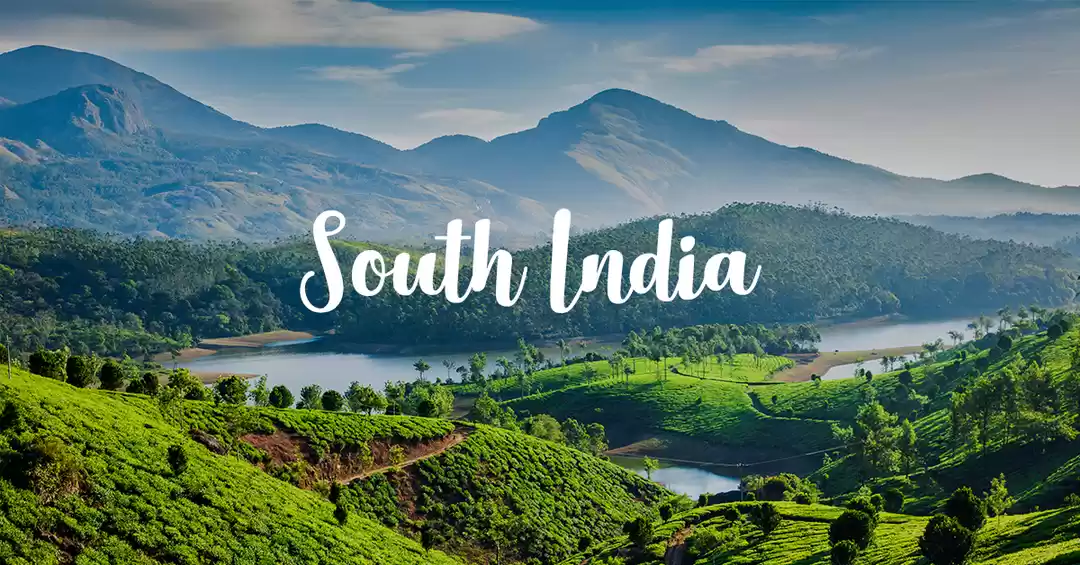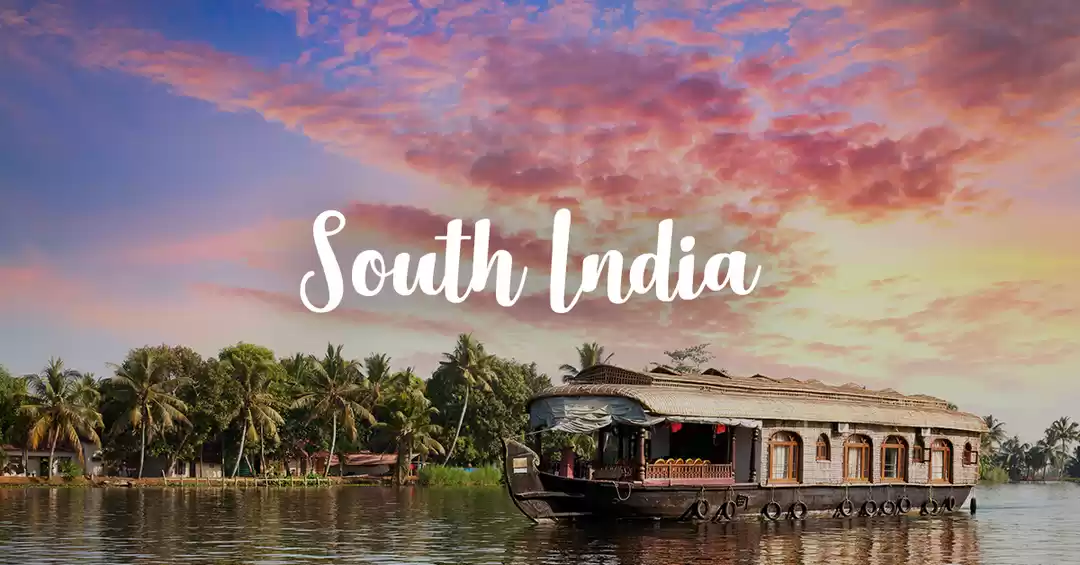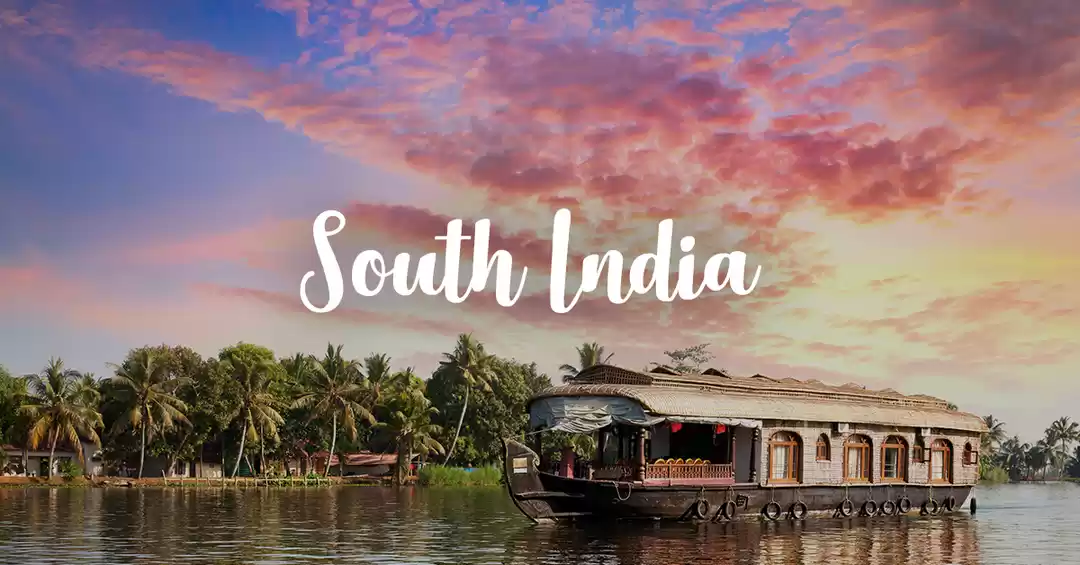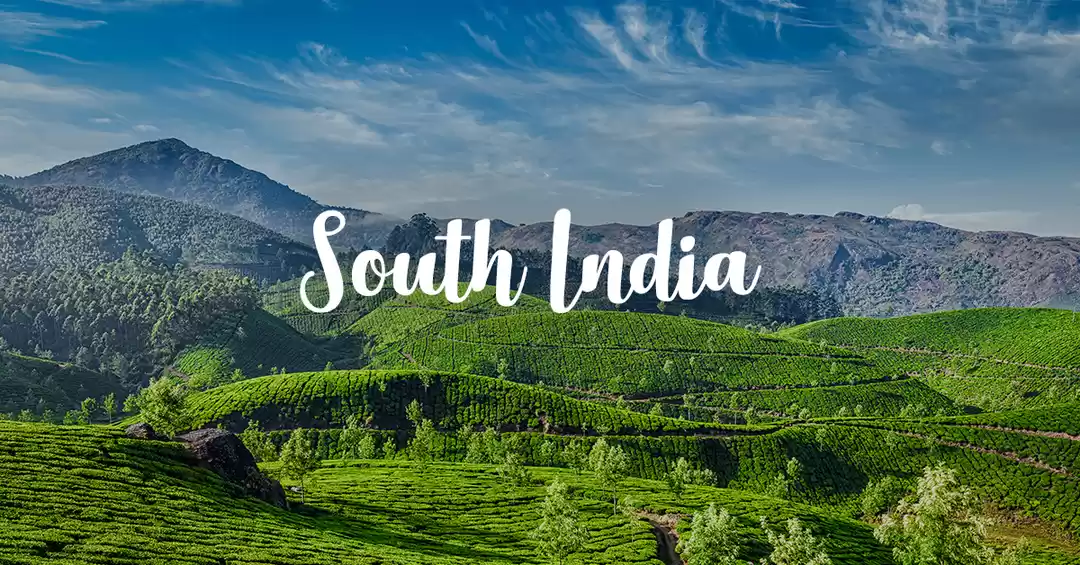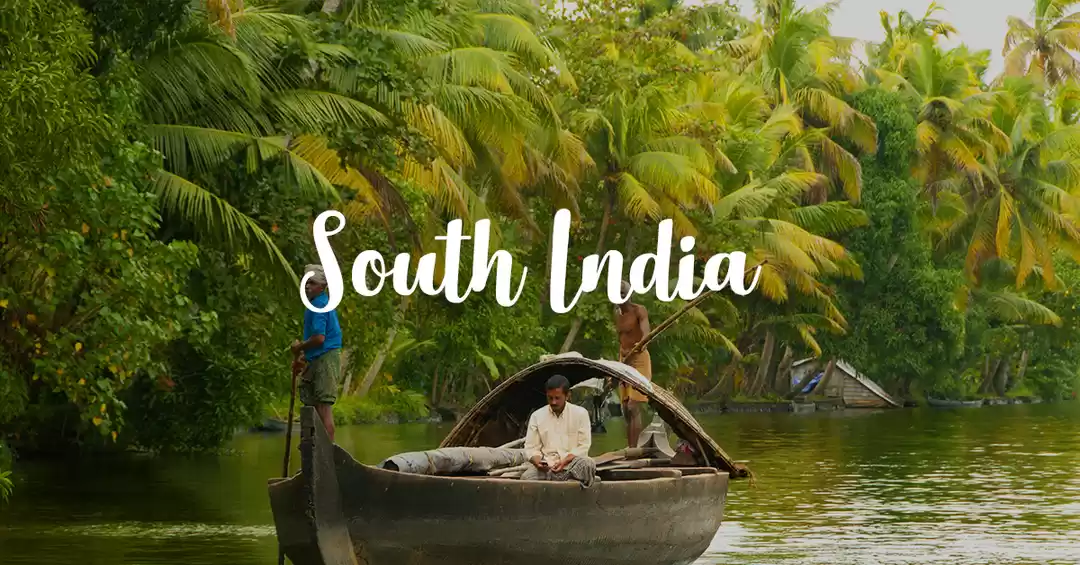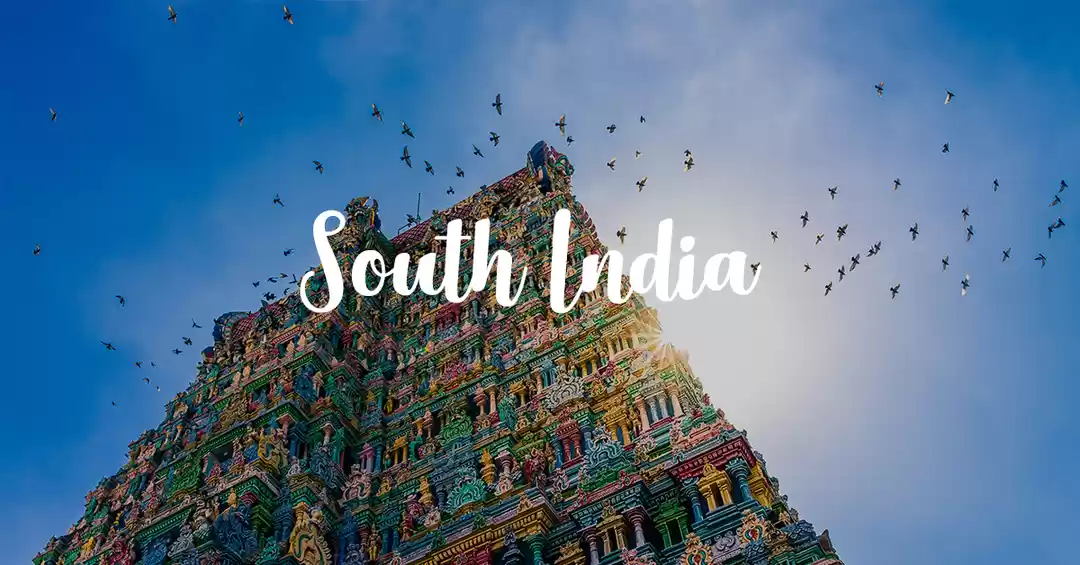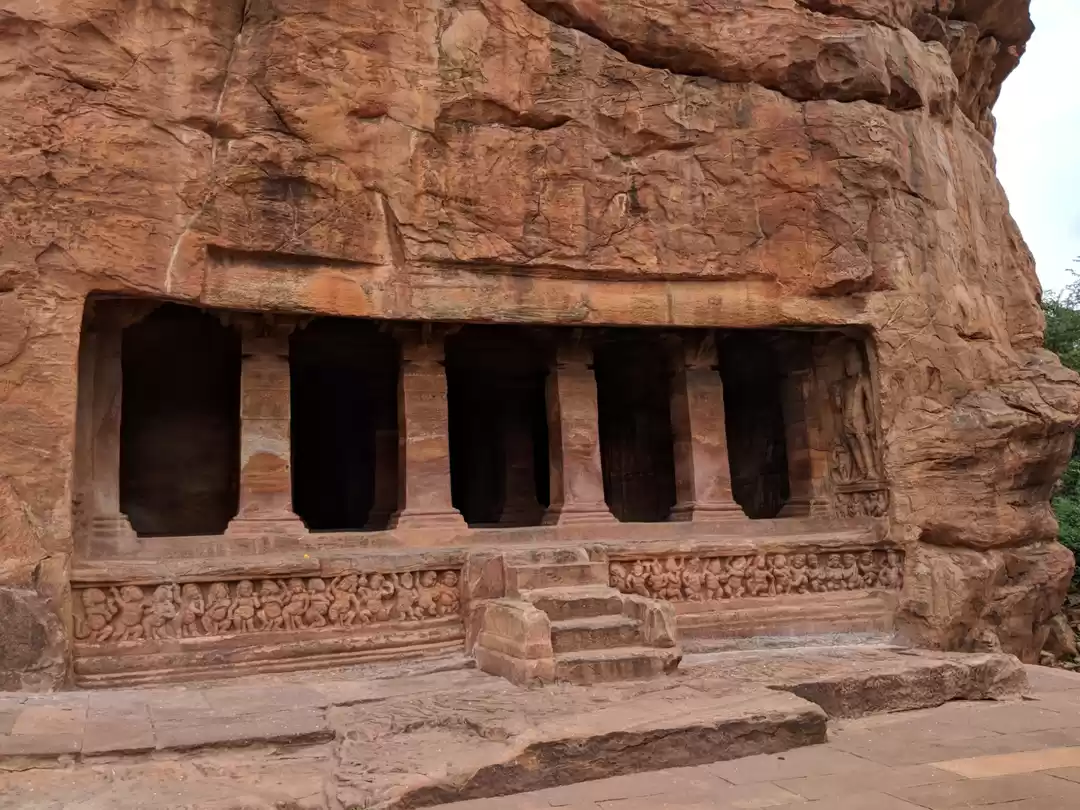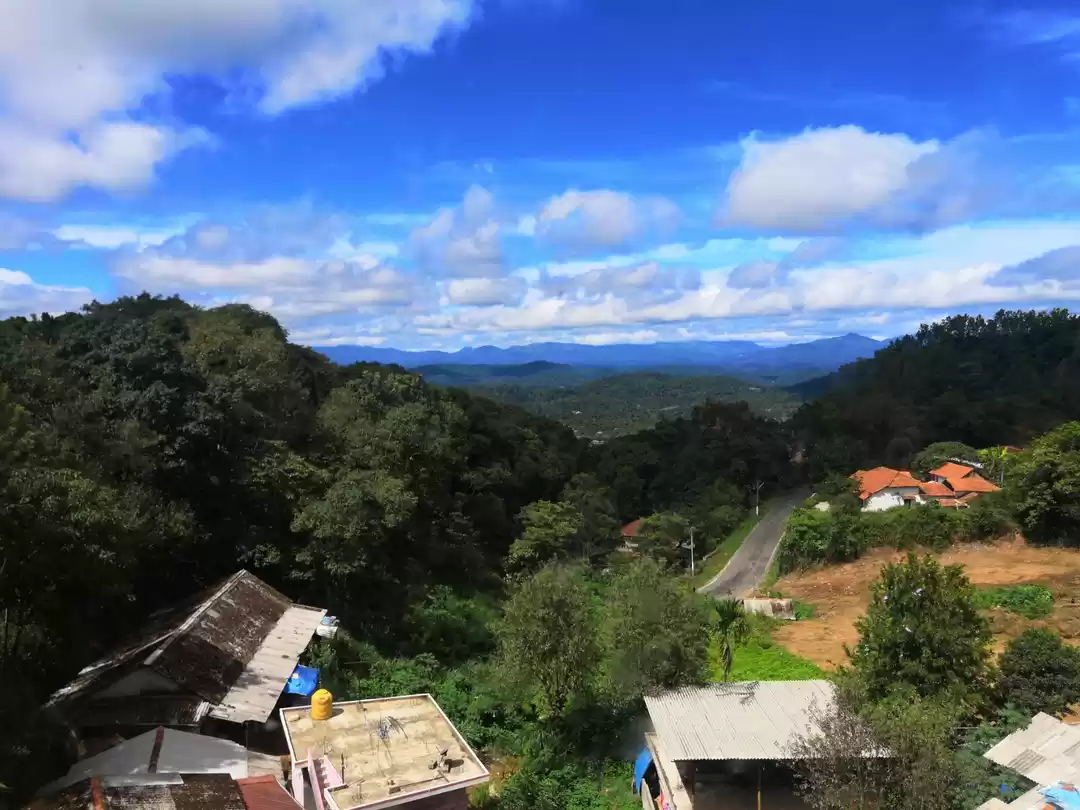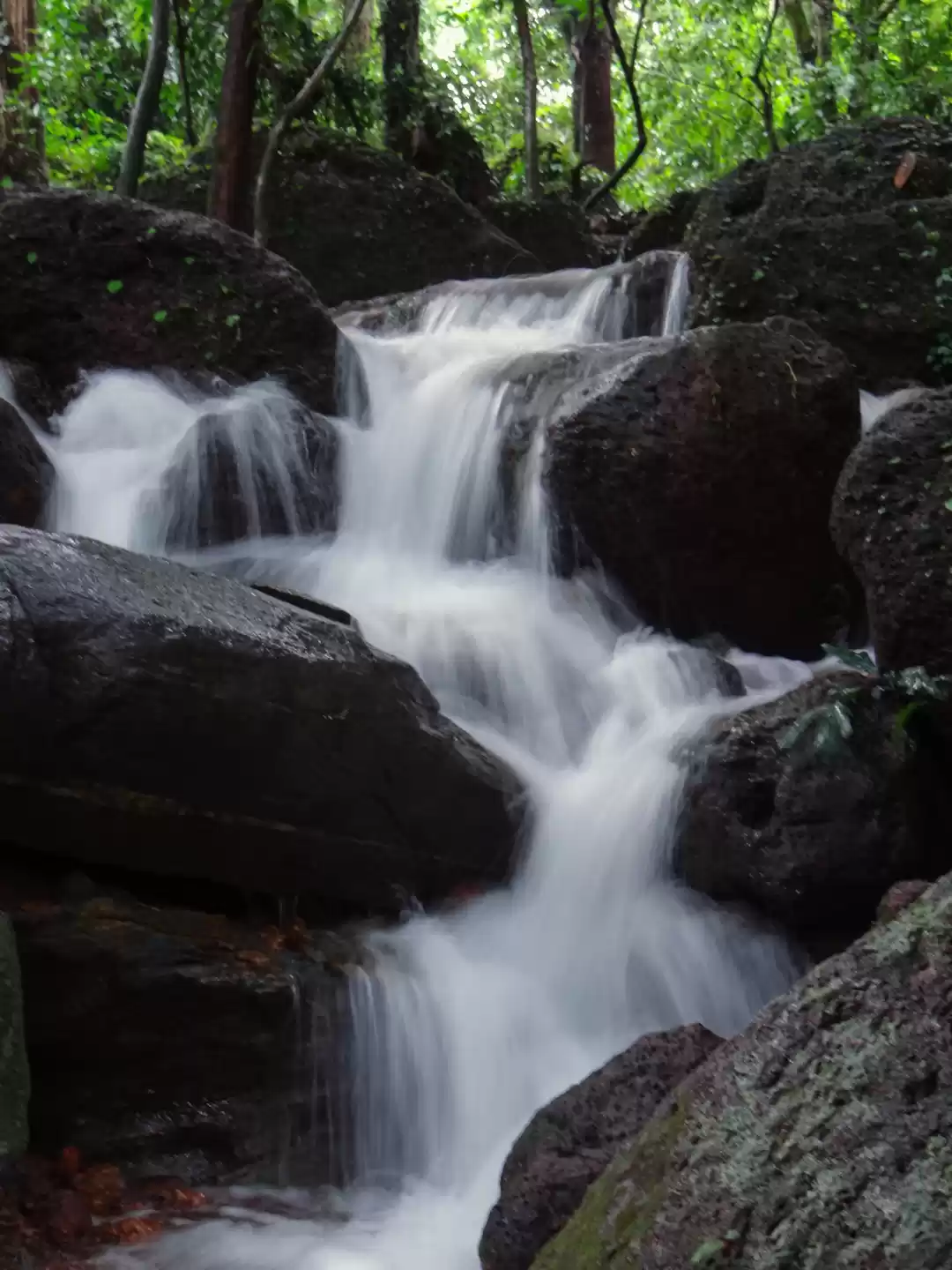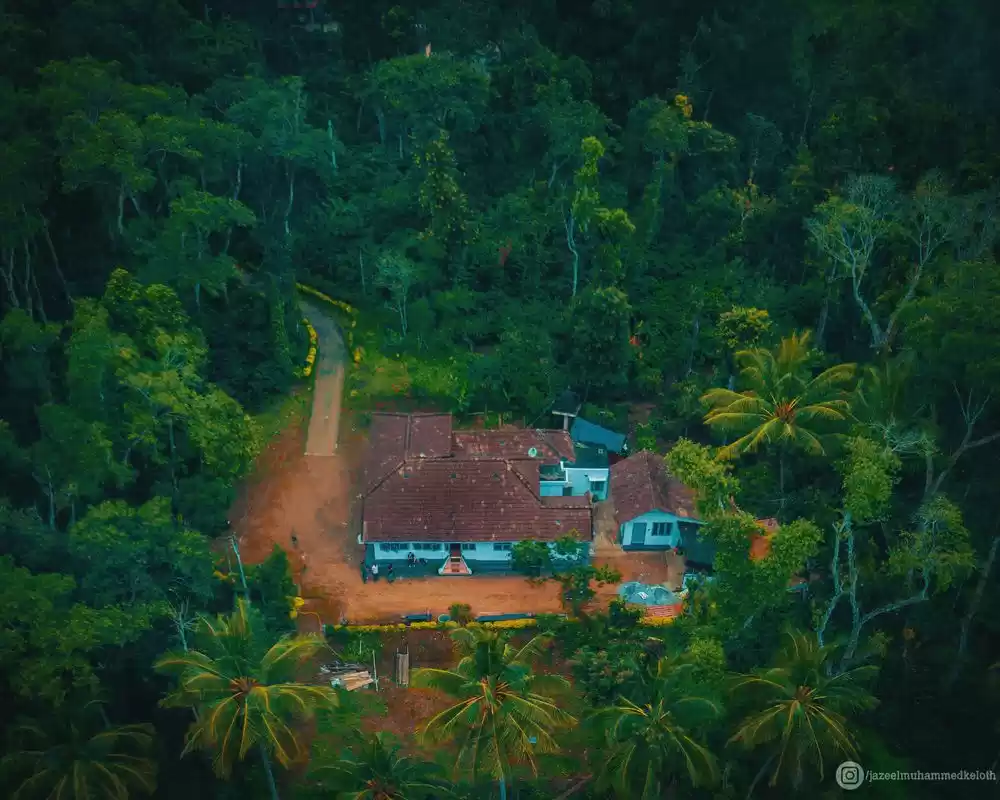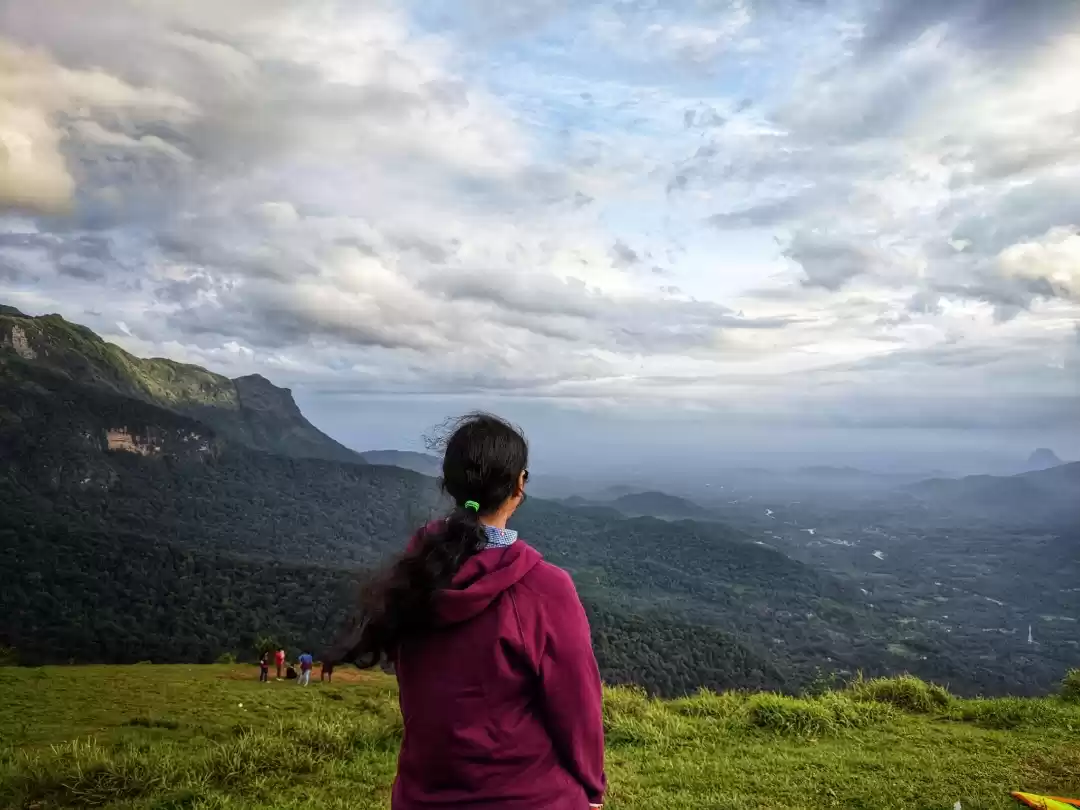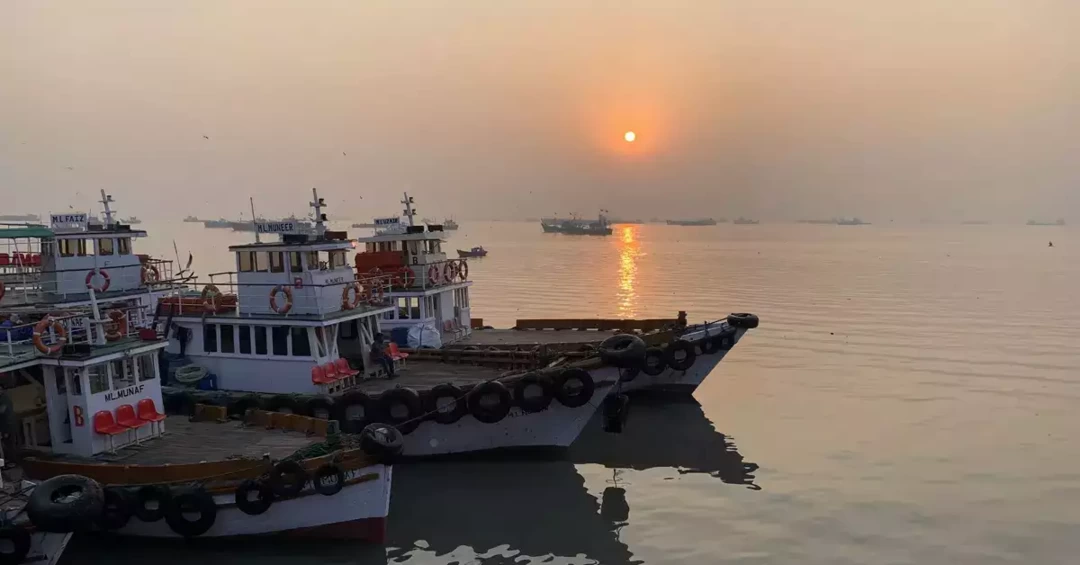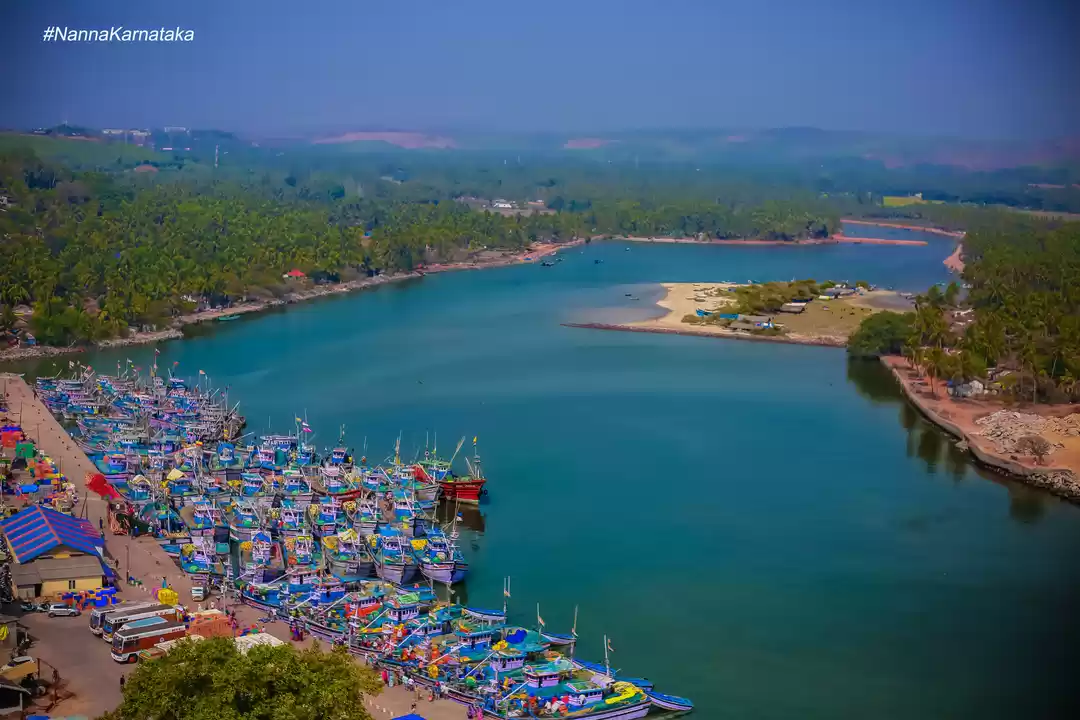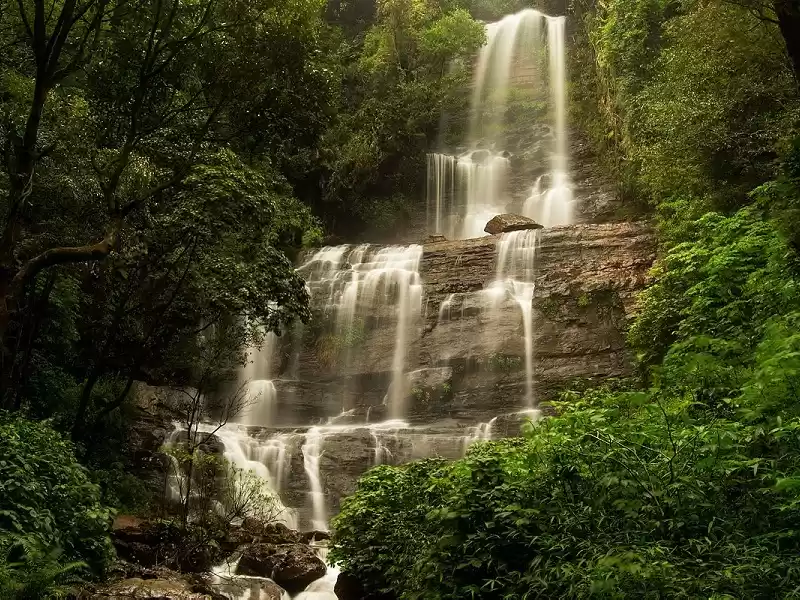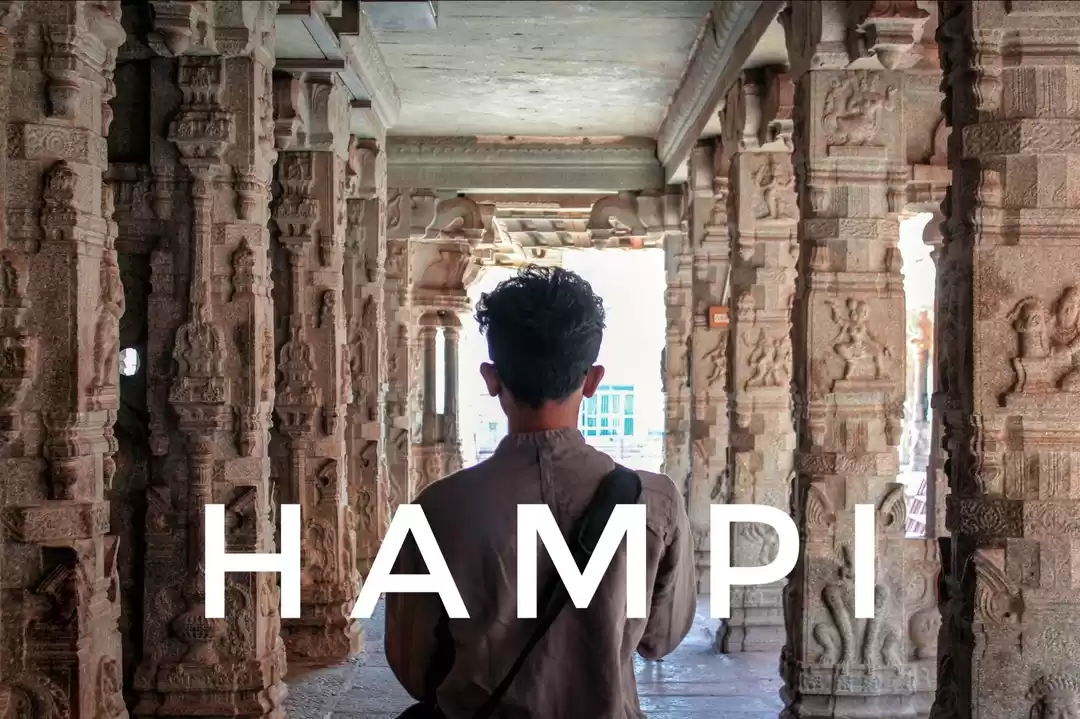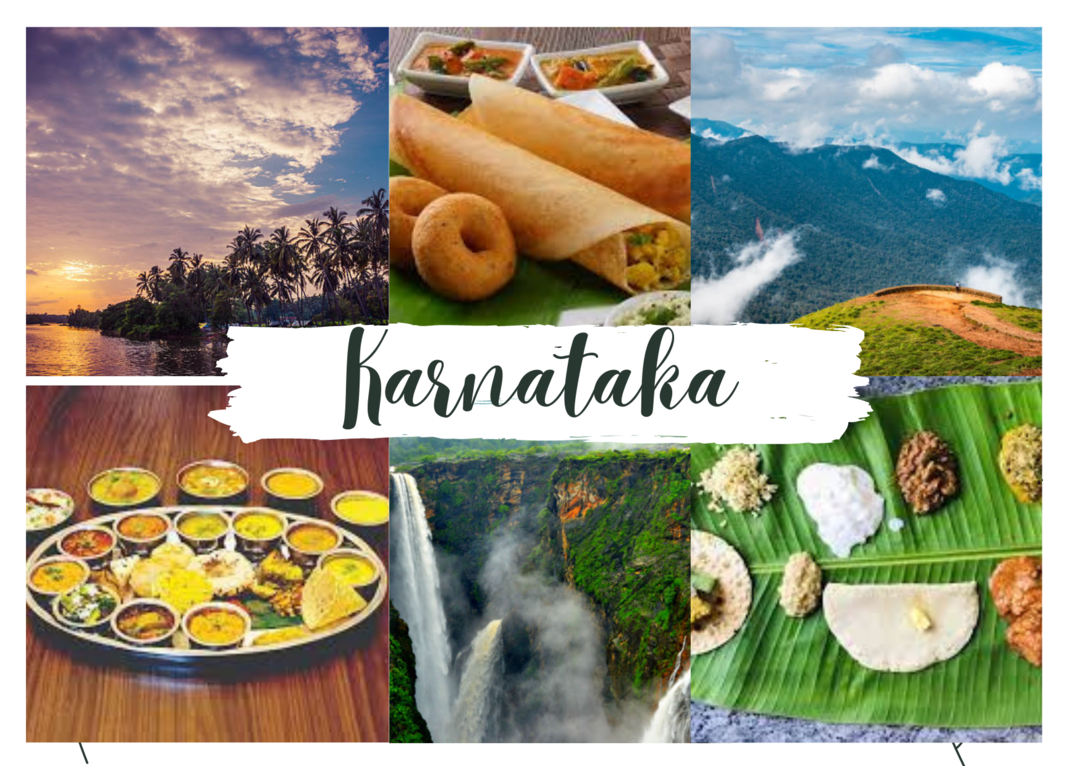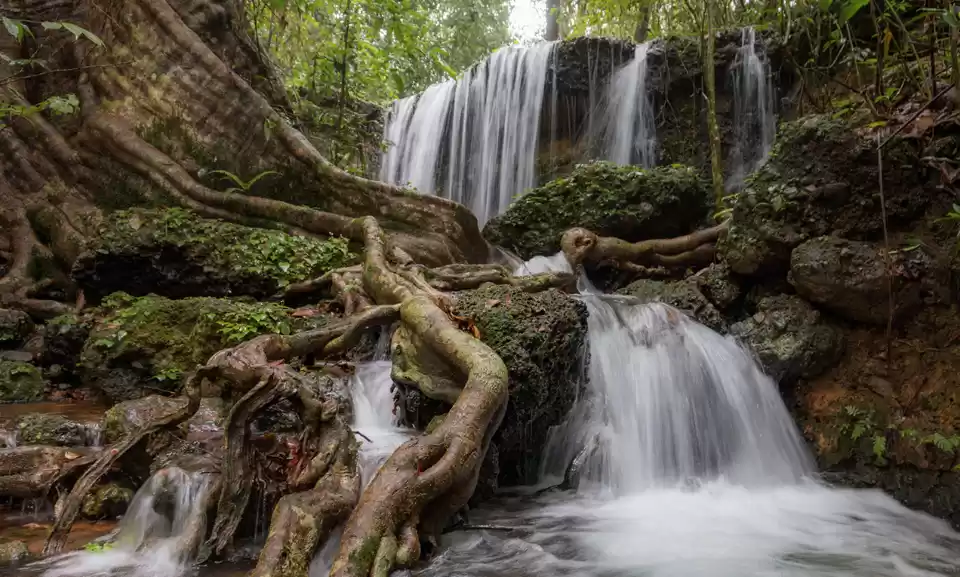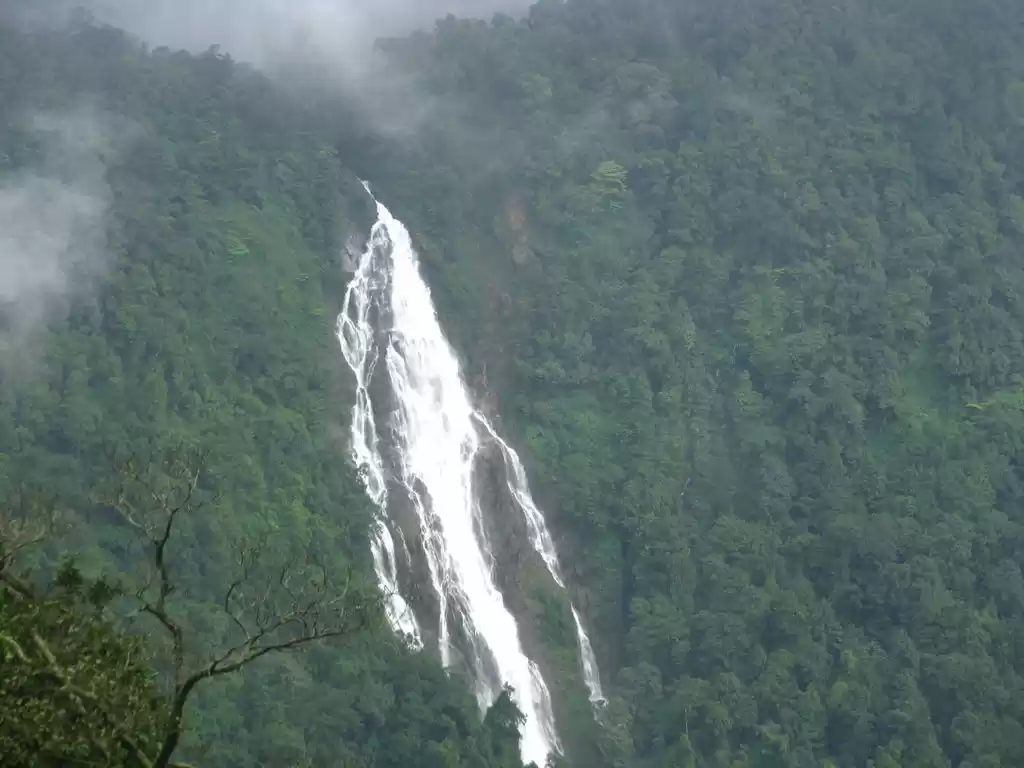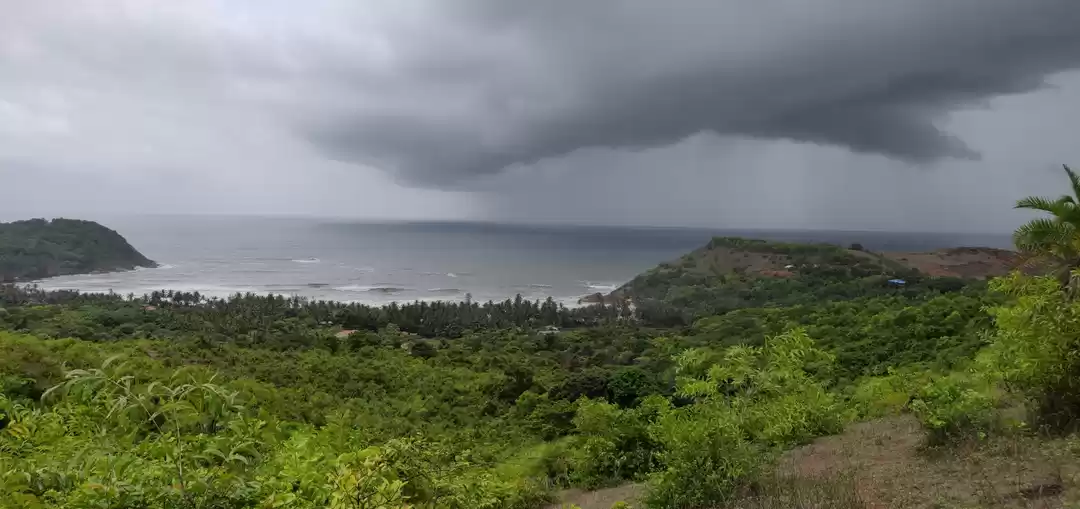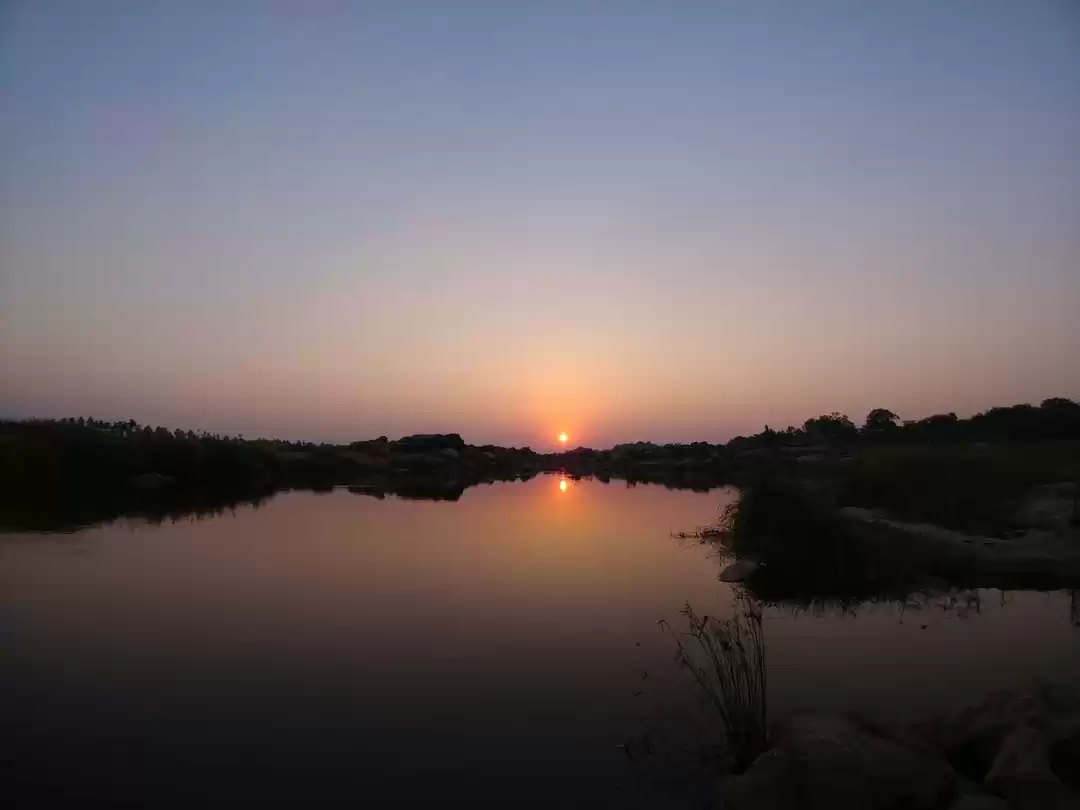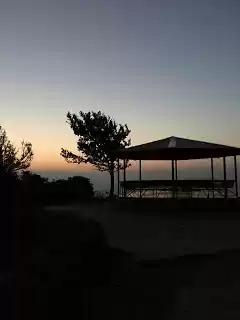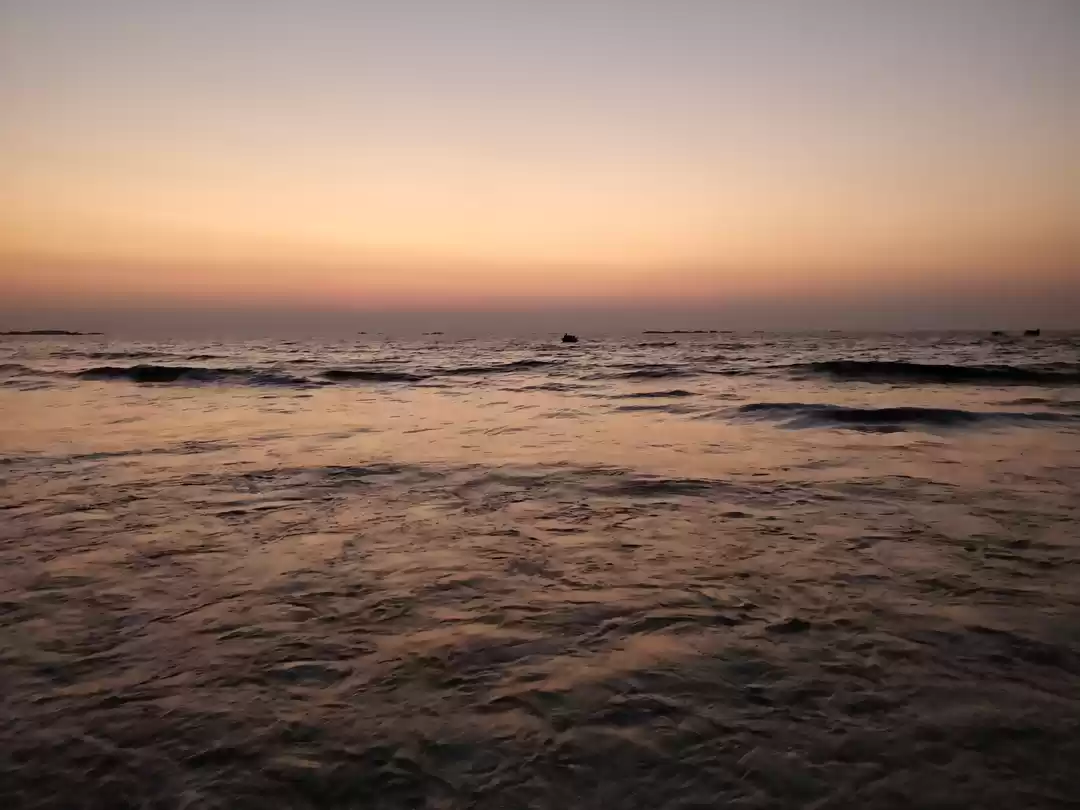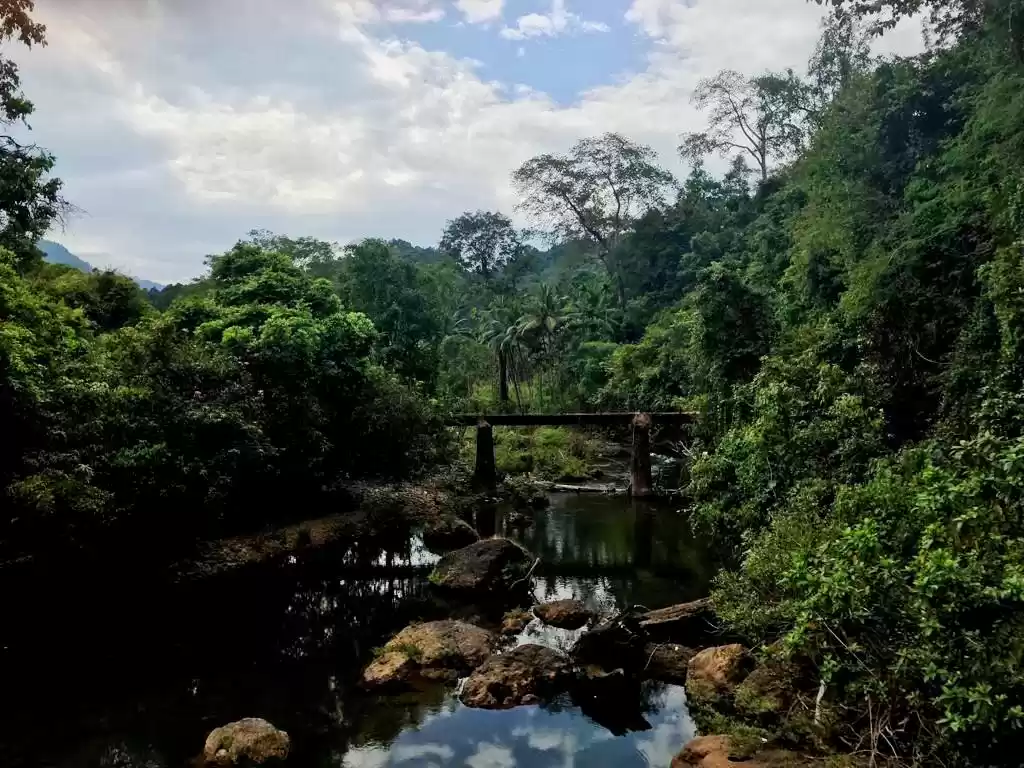Along the western coast of Karnataka runs the region of Malenadu, which covers the western and eastern slopes of the Sahyadris. Agumbe, a small village in Shimoga district, lies right along its spine. Known as the "The Cherrapunji of the South", this region receives one of the highest rainfall in the country.
Having googled about the place, I did expect Agumbe to be engulfed in thick forest, beautiful, wet and raining through out the day. But as it turned out, this little village had lots more to offer.






Between the windy flitting gaps of the fog, one can see the vast expanse downhill, extending to infinity.
The next day, we had a stroll through the village. It was then we realised that the small village of Agumbe had a lot of history behind it, hiding in the eerie mist which none of net search revealed.
Once a happening and bubbly town during the British era, Agumbe was a transit point for goods shuttling between Mumbai and south Indian cites. Loaded bullock carts were used to traverse the long and treacherous route across the ghats to the north. Agumbe being the summit, was often the choice of shelter for the weary traders. One regularly comes across the remnants of the shelters, known as Sathras, made by the village chiefs scattered in and around the area. The silhouette of these abandoned sathras in the misty morning light, can send a ghostly chill down the spine of any unexpected stroller.
With the advent of better roads and the newly constructed railway lines, the eminence of Agumbe gradually faded. This village now has less than 500 inhabitants with agriculture being the major occupation.
The other pleasant surprise were the numerous ancient monuments and temples of Jainism and Hinduism. The villagers do their best to preserve these symbols of culture and heritage. Though not a fan of historical monuments myself, it was fascinating to see how these pieces of history, (some of them more than 2000 years old!!) have withstood the test of time, despite the unpardoning weather and minimal external assistance.

The locals were also keen to show the "doddamane" - literally meaning - the big house, the site of the shooting of the popular series, Malgudy days.
The house now provides basic dormitory accommodation to travelers.
The rain was still lashing down hard. It rains so heavily here that the wall of the houses get damp to the point that they loose their strength and collapse. To overcome this, the residents wrap their houses with tarpaulin.

After the enlightening walk, we had breakfast and set out to see what actually this place is really famous for - the forests and the waterfalls.
As most of the water falls were cordoned off by the forest officials and police due to various safety concerns, it was a bit tough to find a safe trek zone. The locals were really helpful in guiding us. As the mark of reverence for their request, I choose not to divulge the identity of this trek zone. But once the restrictions are lifted, anyone can easily travel and explore the area.
The trek took us amidst dense forests, through mud and rain, crossing numerous small streams and finally led us to one of the many alluring waterfalls.

The cliffs over-hanging the falls had long loose roots dangling down its sheer face, which gently guided the water down to offer one a perfect shower.

After this we returned to Agumbe and had lunch. We then indulged in another specialty of Agumbe - Mud football. The locals were more than happy to let us join and it was much fun.

Overall, I wished I had more time to explore this beautiful mysterious land. Maybe once all the restrictions imposed get undone, i would plan my next visit to further explore the hidden histories and mysteries of Agumbe.
How to reach: Agumbe is about 3 hours drive from Mangalore via road. The Ghat section after Udupi is particularly beautiful. Nearest big railway station is at Udupi, which is about 1.5 hours drive. Private buses plying to Shimoga are frequently available from both these locations.



